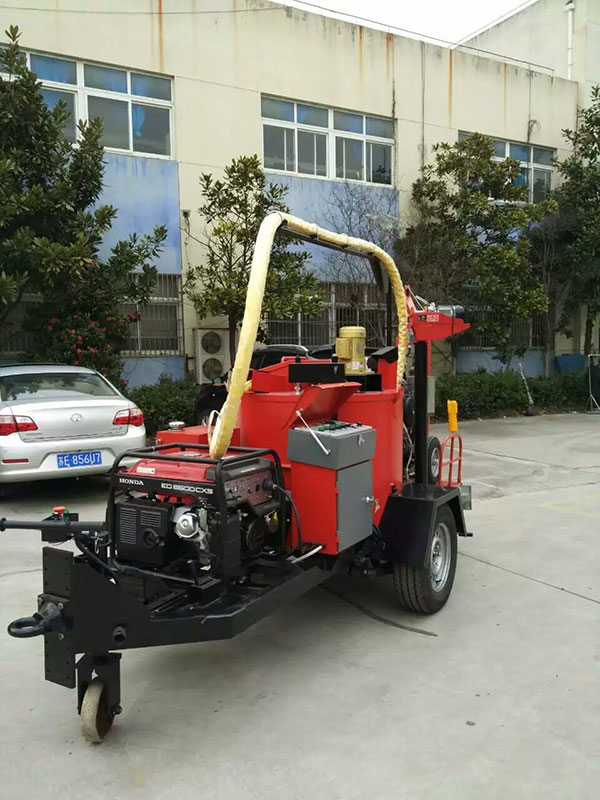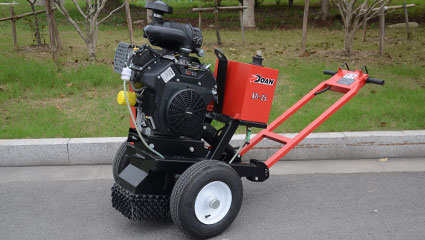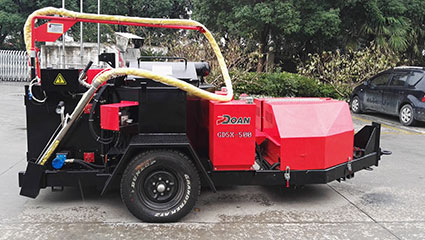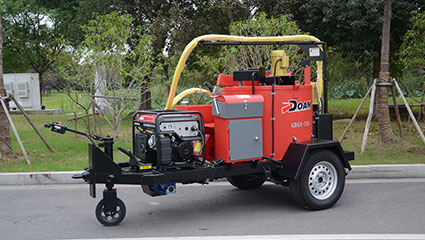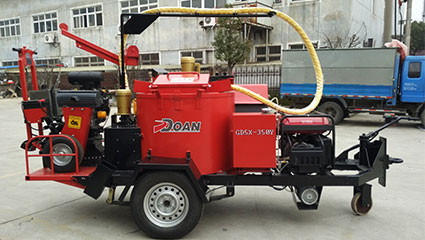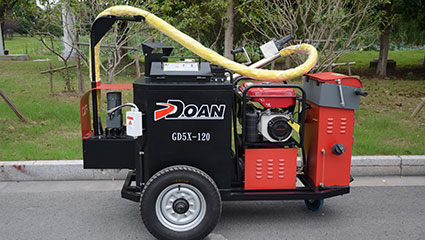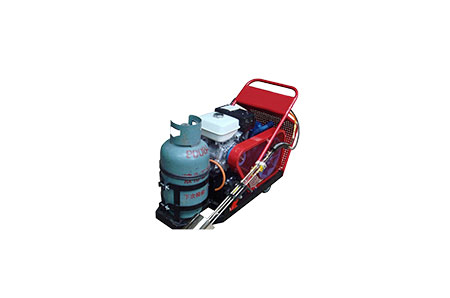To obtain the maximum benefit from each maintenance dollar spent, all costs associated with installing a material must be added and compared with the service life of the material. This is referred to as a cost-effectiveness analysis, which include Crack Sealing Machine cost.
Laboratory testing of the selected sealant or filler material is highly recommended before we start producing Crack Sealing Machine. Testing ensures that the material obtained exhibits the properties for which it was selected.
The testing process begins with material sampling. As a general rule, a minimum sample of 2 to 4 kg should be taken from each batch, or lot, of material shipped. These samples should then be submitted for testing at an agency-approved testing laboratory prior to placement.
Laboratory testing should be conducted in full accordance with the test methods specified for the material. Variations in testing parameters, such as rates, temperatures and specimen sizes, can significantly affect test results, also reflect the Crack Sealing Machine performance indicate.

